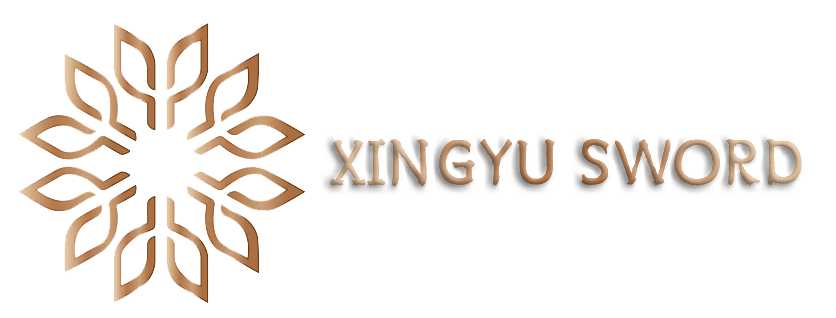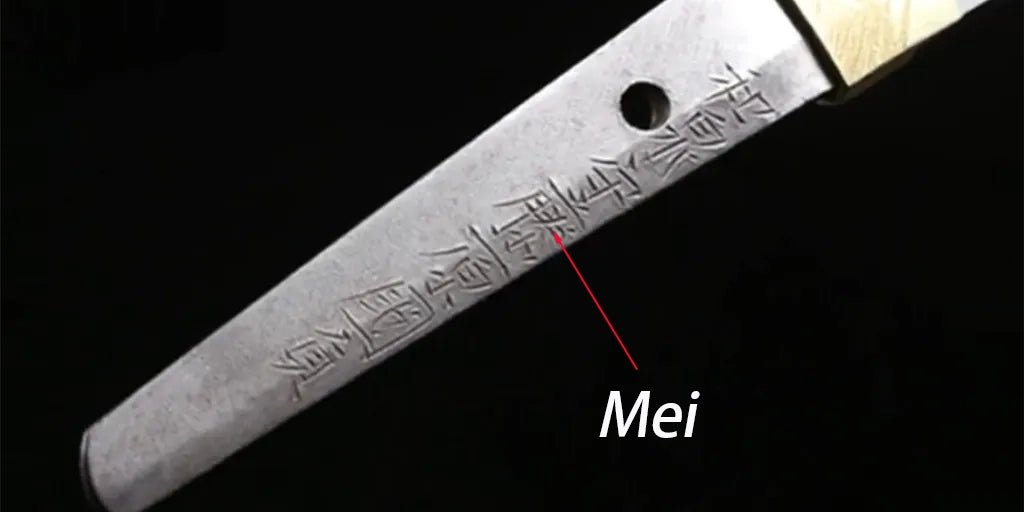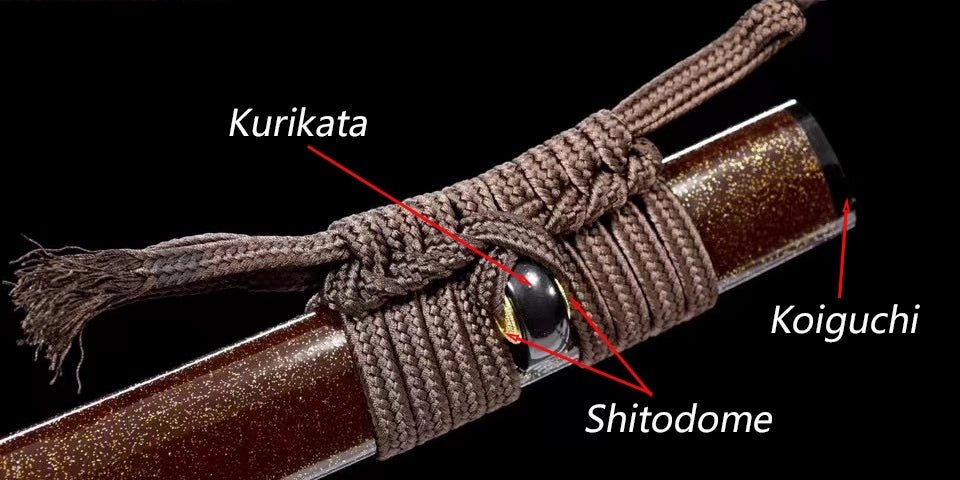Mune-The back of a Japanese sword
What is mune in sword ?
Mune is the surface of the back of the Japanese sword, which is used to ward off attacks and to withstand external blows, and is thickly molded and is the ridge on the side of the blade opposite the edge of the blade, which is shaped like the ridge of a roof and is so named.

Japanese sword mune types
There are three main types of mune, the most common being iorimune, which has two beveled surfaces converging to form a peak, however, depending on the school of swordsmanship, mitsumune can also be seen. mitsumune has three surfaces, with the two beveled surfaces going upwards to alternate with the flat surface at the top. mitsumune is uncommon, and exists in both Sagisu and yamashiro tanto. The marumune has a rounded surface, while the kakumune has a square, flat surface, and is generally found only in jokoto, in association with zukuri, but it also occurs in pre-Matsubi tanto.
The shape and height of mune is related to the thickness of a Japanese sword. If the blade is held upright and viewed from the mune direction, the thickness of the sword is seen, and the height of the mune is seen from the side. Therefore, a thick sword can be inserted into a saya flatly and comfortably, and the shape of the mune is inextricably linked to the processing. It is generally believed that a thicker sword has a slower mune shape, while a thinner sword has a steeper mune shape.

In addition to the blocking effect of mune mentioned above, mune minimizes or makes inconspicuous the scratches that occur between the sword and the saya, and therefore a competent mune must be mirror-ground.



Leave a comment
This site is protected by hCaptcha and the hCaptcha Privacy Policy and Terms of Service apply.